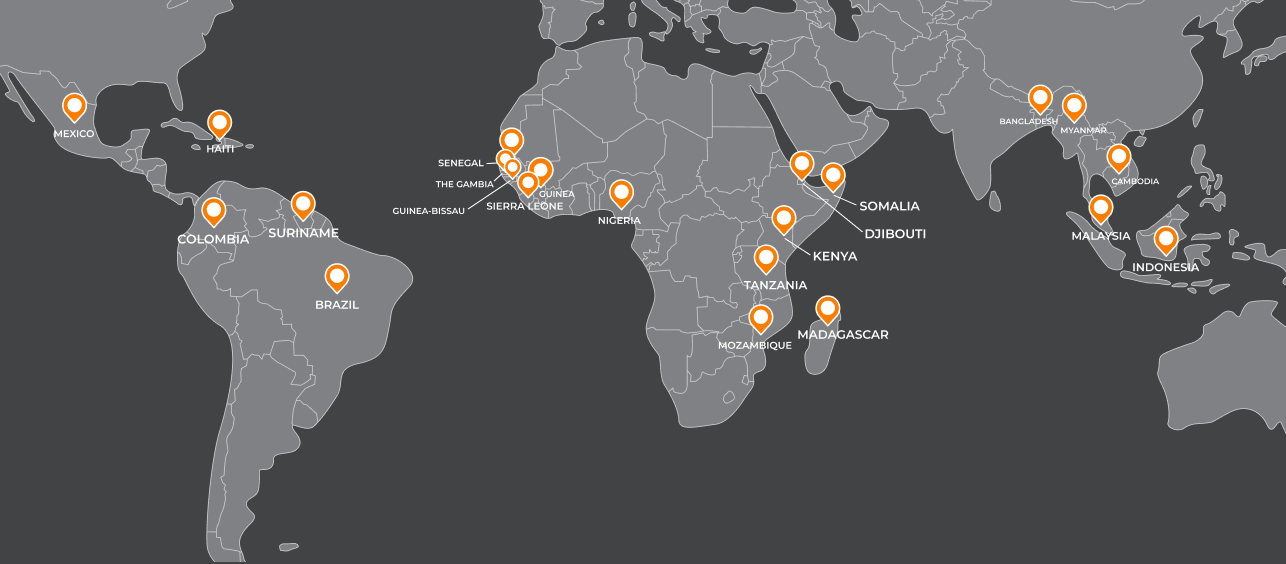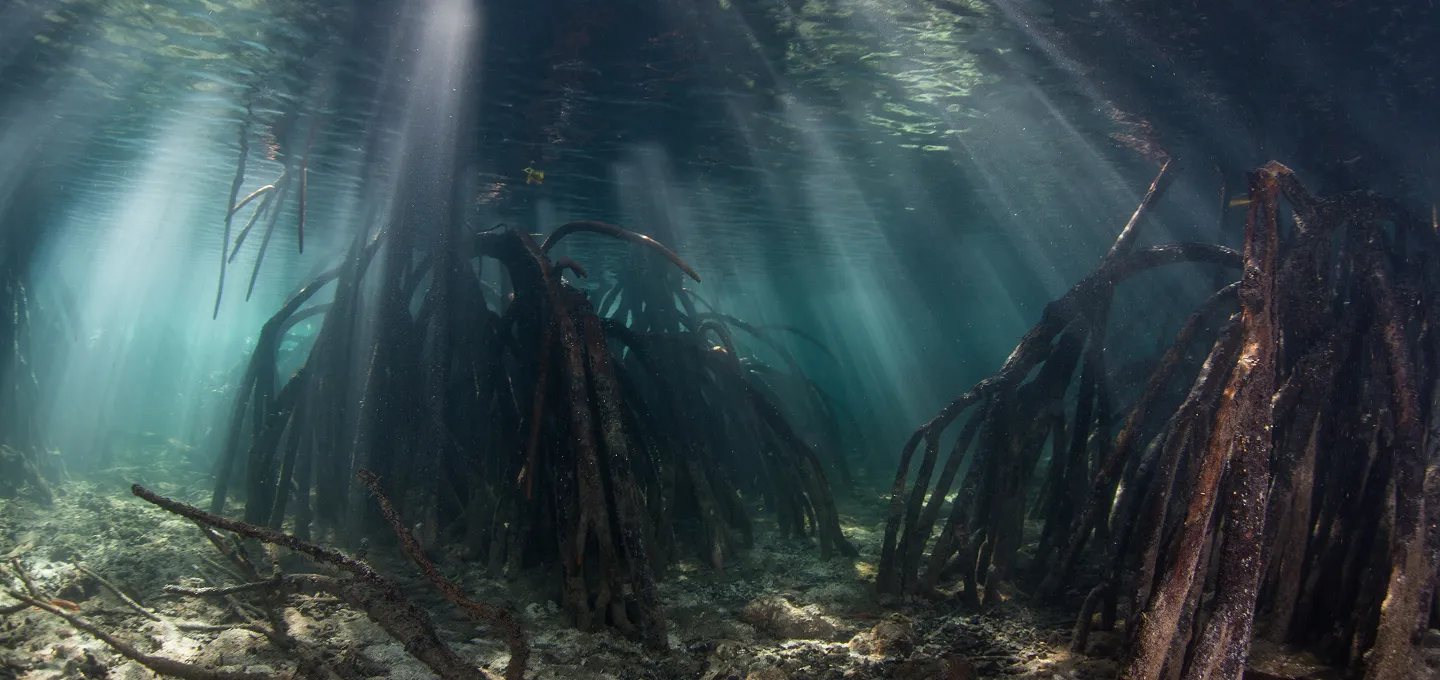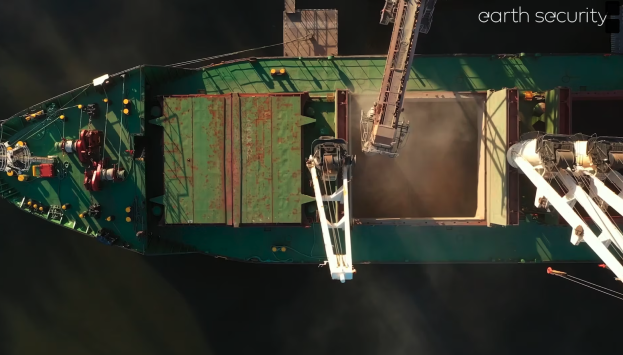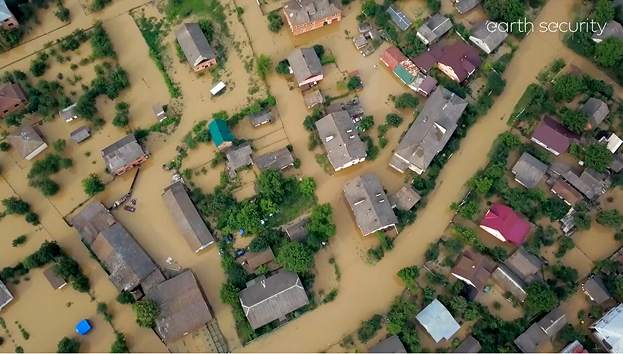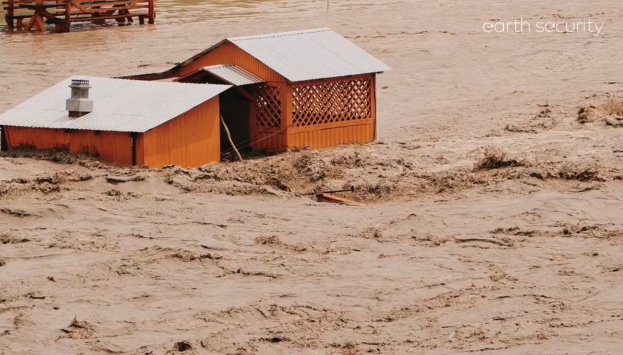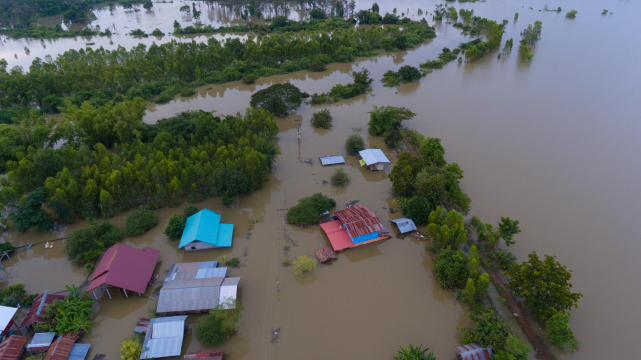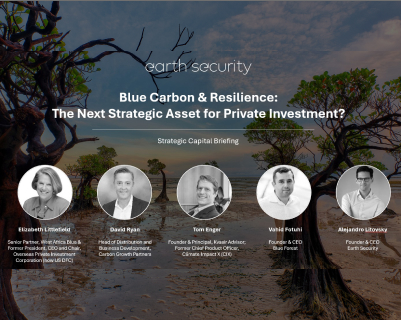This article was originally published by Forbes.
Mike Scott, 24 December 2020.
Mangrove forests can reduce the impacts of flooding and sea level rise, as well as helping local fishermen and aquaculture. Nature-based solutions to tackling climate change will be a big talking point in 2021, as countries, companies and investors step up their efforts to cut carbon.

But few people know what they are. Essentially, they are alternatives to traditional ‘gray’ infrastructure such as dams, seawalls and reservoirs that involve a lot of concrete and are often only temporary fixes for problems such as flooding, water scarcity and quality, or soil erosion.
More formally, the International Union for Conservation of Nature (IUCN) says nature-based solutions are “actions to protect, sustainably manage, and restore natural or modified ecosystems, that address societal challenges effectively and adaptively, simultaneously providing human well-being and biodiversity benefits”.
Nature-based solutions include conserving coral reefs and restoring mangrove belts to help limit coastal flooding and sea level rise. They also provide breeding grounds for marine biodiversity and 80% of global fish populations depend on healthy mangrove ecosystems. But they are often under-appreciated, a new report explains.
Mangroves are dense coastal forests covering the planet’s tropical and sub-tropical belt and they are one of nature’s most productive carbon assets, with the ability to sequester carbon up to 400% faster than land-based tropical rainforests.
Mangrove forests also offer coastal cities a protective shield against extreme weather, which can be up to 50-times more cost-effective than building a cement wall. In 2017, mangroves prevented $1.5 billion in flood damages in Florida, protecting over half a million people during Hurricane Irma. Damages were 25% lower in those Florida counties where mangroves were present.
Environmental finance specialists Earth Security, which produced the report, says that mangroves can also help companies, investors and national governments to deliver on their ‘net-zero’ carbon commitments, as well as halting the runaway extinction of biodiversity.
“The value of mangroves goes well beyond carbon. By acting as protective coastal barriers to cities, they save an estimated $65 billion a year in storm and flood damages,” the report says. “They also provide breeding grounds for thousands of commercially-fished marine species that sustain local economies, particularly in Asia.” They can also slow global heating, shield against weather extremes, help halt the runaway extinction of biodiversity and support local economies.
Investing in mangrove regeneration could regenerate more than 700,000 hectares of forests across 25 countries, lock away 380m tonnes of CO2 by 2040 and generate returns of $11.8bn by 2040.
But for all their worth, mangroves are one of the world’s most threatened ecosystems – 50% of the world’s mangrove assets are already gone and what remains is disappearing faster than coral reefs, under the weight of unsustainable urban pressures and industries such as agriculture, aquaculture and infrastructure that do not recognise their value.
To fulfil their potential, they need to be properly supported and financed, says the study. Among the measures that it recommends are creating a municipal bond fund and a carbon price of at least $29 a tonne. The bond fund would be the first to finance nature-based climate adaptation at scale. “The bond will support the creation of a network of 40 cities across the world, from Miami in Florida to Mongla in Bangladesh as a cost-effective way to adapt to climate change.” These 40 cities account for almost 70% of the world’s remaining mangroves and currently store some 3bn tonnes of CO2.
“The evidence on the value of nature is clear. But we must move faster and more boldly in investing in nature’s assets; from isolated small projects to a planetary scale,” said Alejandro Litovsky, chief executive of Earth Security. “The mind-boggling economic value of mangroves as a climate solution is a perfect example of why investing in natural assets is the route to align ecological and economic returns.”
As well as calling for a premium carbon price for mangrove restoration projects, to reflect their value beyond carbon, the report calls for the creation of a ‘Mangrove 40 Cities Network. The 136 largest cities in the world are set to suffer flood-related losses of $52bn a year by 2050, and many of them could be limited by the creation of a network of mangrove forests.
Explore the reports
The Earth Security Index Reports provided in-depth analysis of critical themes across selected industries and market geographies, enabling investors to anticipate and respond to emerging global dynamics. Download and explore the full Earth Security Index reports:






